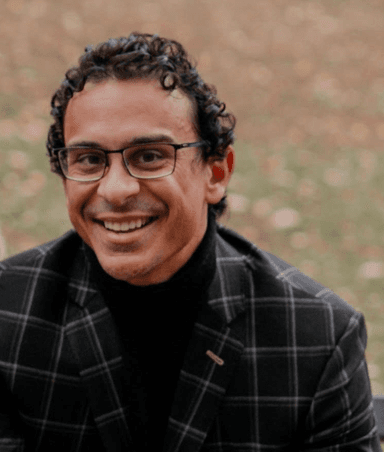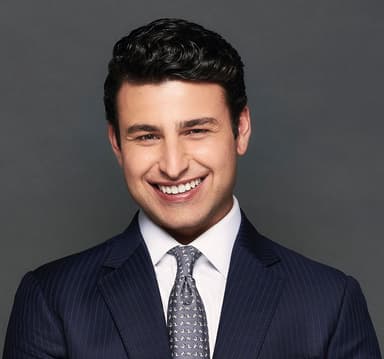

Michael Hill · Giorgio Panagos
$100,000 Offer, $5 million Dollar Jury Verdict For Nursing Home Fall Death
![]() February 26, 2024 ||TLU n Demand
February 26, 2024 ||TLU n Demand
$5,000,000 dollar verdict for the death of a nursing home resident who was recovering from ruptured brain aneurysms and extensive brain surgery. After months, the resident had made little recovery before falling out of bed and striking his head causing his death.
This case involved the following issues:
- The elderly resident suffered three large, ruptured brain aneurysms before going to the nursing home. He underwent brain surgery, and then went to rehab to recover after brain surgery. Following brain surgery, he was unable to speak, remember, or walk. The medical records indicated that he was making little if any recovery, and there was no evidence that he would make a significant recovery from the brain aneurysms and surgery. He was likely to live a heavily disabled life and be dependent on caregivers.
- Unlike most nursing homes, this was a highly rated, small, locally family-owned chain of nursing homes and lacked the common scenario of large corporations siphoning profits at the expense of patient care.
- No prior employees were willing to come forward against the nursing home because they did not experience poor conditions, significant understaffing, or resident neglect. Former employees typically provide the aggravating facts that motivate a jury.
- The resident had fallen 4 prior times in the few months at the nursing home. All these falls happened during the middle of the night at random, unpredictable times. The defense was that no nursing home would have a sitter watching the resident overnight. And, there was no way to predict or prevent these falls.
- There was a delay in sending the patient to the hospital after he fell in the morning hours. However, they did notify the nursing home doctor by phone that the resident had fallen. The defense was we reported the fall to the doctor, and it was the doctor’s job to order them to send him to the hospital. The plaintiff’s theory was that must not have provided the doctor with complete information, including that there were signs of trauma on the resident’s head.
- The treating neurosurgeon testified that he could not testify that the fall caused the brain bleed. Because the resident was on blood thinners, the brain bleed could have been caused by a sneeze, minor trauma, an evolving older bleed, or even reopening of the prior aneurysms. He further testified that no one could say what caused the brain bleed.
- A major issue was what kind of bed the facility was using for the resident. There was contrasting testimony about whether the facility was using a “low bed,” which is a bed that goes all the way to the floor, or a regular bed lowered to its lowest position. Prior counsel never identified the make or model of the bed and never conducted a site inspection of the bed.
- By the time the trial occurred, 7 years had passed since the resident’s death. The widow struggled to remember the events, as did many of the family members. Statistically, the resident would have passed naturally by the time of trial.
- The jury had two intellectual property lawyers on it. Using jury selection to avoid these jurors from being the “experts” on the jury and taking over.
If you can't attend Live, Watch On Demand